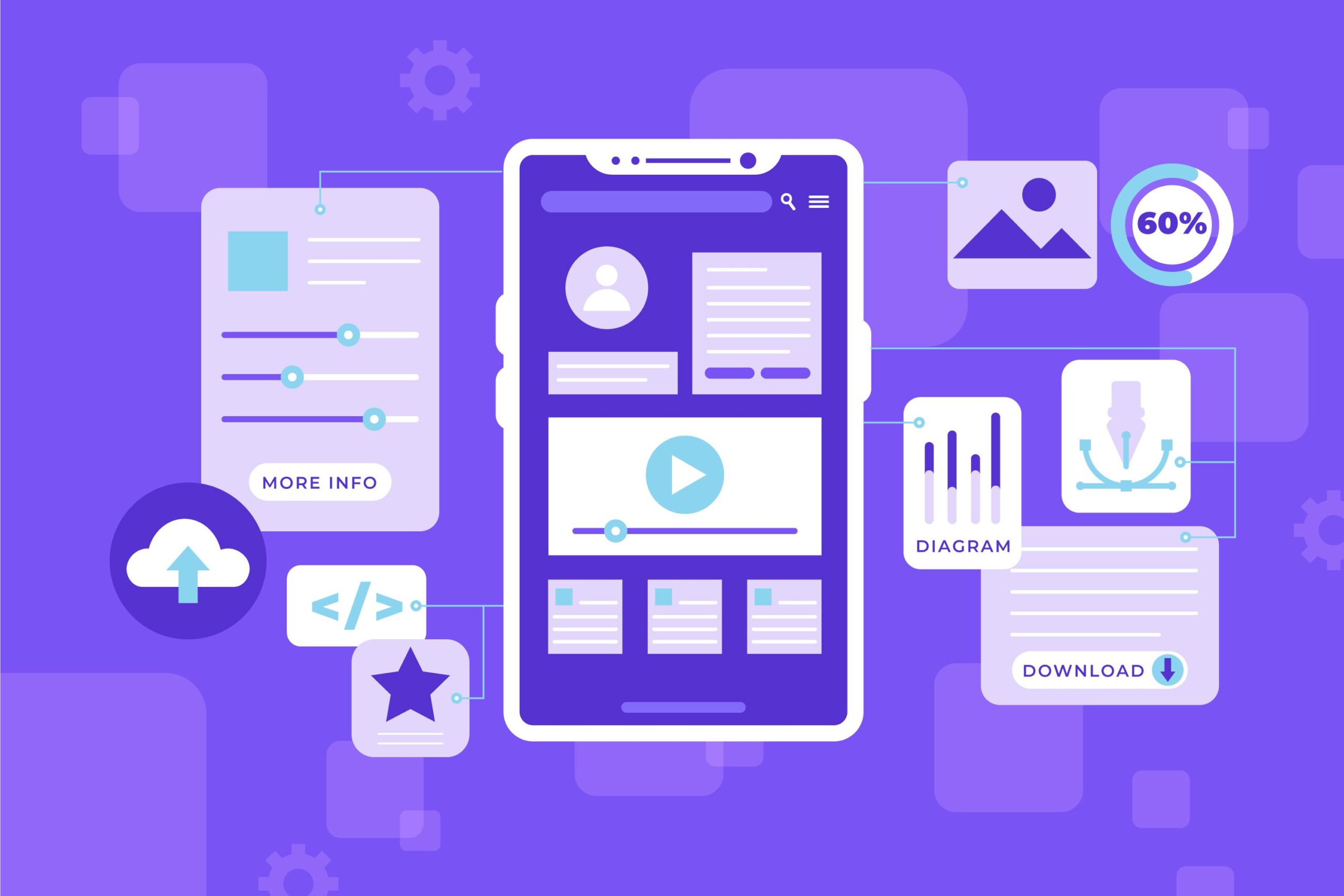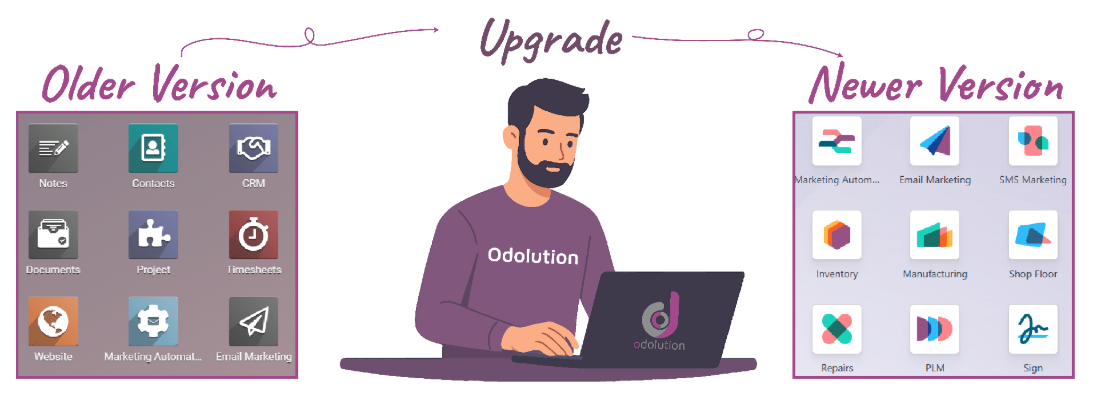As artificial intelligence continues its rapid evolution, two powerful paradigms are reshaping how businesses operate: Generative AI and Agentic AI. Each represents a distinct wave in the automation journey—one focused on creation, the other on action.
To harness their full potential, business leaders must understand what sets these technologies apart, where they intersect, and how they can be strategically applied to unlock automation at scale.
What Is Generative AI?
Generative AI refers to models that create new content—text, images, code, designs, and more—based on the data they’ve been trained on. These systems predict and generate outputs that closely resemble human-made content.
Popular tools: ChatGPT, Midjourney, DALL·E, GitHub Copilot, and Bard.
Business Applications of Generative AI
-
Marketing & Copywriting: Generate ad copy, blog posts, and product descriptions at scale.
-
Customer Service: Power chatbots with natural, human-like conversations.
-
Product Design: Generate prototypes and design mockups faster.
-
Data Analysis: Summarize reports or transform complex data into insights.
-
Software Development: Assist in writing code, debugging, and documentation.
Key Advantage:
Generative AI enhances human creativity and productivity, helping teams do more with fewer resources—especially in content-heavy and communication-driven domains.
What Is Agentic AI?
Agentic AI refers to systems that don’t just generate information—they take autonomous actions to complete tasks or achieve goals. These systems behave like “intelligent agents,” capable of planning, decision-making, execution, and adaptation.
Unlike traditional automation, which follows rigid workflows, Agentic AI responds dynamically to real-world conditions—learning, iterating, and optimizing on the fly.
Business Applications of Agentic AI
-
Logistics & Supply Chain: AI agents reroute shipments, manage inventory, and handle disruptions.
-
Finance & Trading: Agents autonomously manage portfolios, detect fraud, and optimize financial flows.
-
Operations Management: AI agents assign tasks, prioritize workflows, and automate business processes.
-
IT Support: Self-healing systems detect issues and fix them without human intervention.
-
Customer Experience: AI agents offer proactive support, upsell intelligently, and respond based on user behavior.
Key Advantage:
Agentic AI drives autonomy and operational intelligence, making it ideal for businesses aiming to automate complex, dynamic processes.
Generative AI vs. Agentic AI: Core Differences
| Feature | Generative AI | Agentic AI |
|---|---|---|
| Primary Function | Content creation | Task execution & goal achievement |
| Interaction Style | Prompt-based, human-led | Autonomous, self-directed |
| Ideal Use Cases | Marketing, design, writing, support | Logistics, operations, finance, automation |
| AI Output | Text, image, code, design | Decisions, actions, processes |
| Time to Value | Short-term gains through enhanced productivity | Long-term efficiency through full automation |
Why This Matters for the Future of Automation
Traditional automation depends on predefined rules. But today’s business environment is too complex and fast-moving for static workflows.
-
Generative AI enables businesses to scale creativity, boost engagement, and enhance communication—perfect for areas like marketing, sales, and development.
-
Agentic AI automates decision-making and actions—critical for operations, logistics, customer experience, and IT.
When used together, they represent a next-generation automation stack:
-
Generative AI ideates and communicates.
-
Agentic AI executes and optimizes.
Strategic Recommendations for Business Leaders
1. Evaluate Business Pain Points
-
If you’re facing content bottlenecks → Start with Generative AI.
-
If you’re dealing with workflow complexity → Explore Agentic AI.
2. Pilot, Then Scale
Deploy both types of AI in controlled pilots before rolling them out organization-wide. Focus on measurable KPIs like time savings, cost reduction, or customer engagement.
3. Invest in Integration
To unlock full value, these systems should be connected across your data ecosystem—CRM, ERP, analytics tools, etc.
4. Prioritize Governance
Both Generative and Agentic AI raise ethical and operational risks. Create clear governance policies for data privacy, AI decision transparency, and human-in-the-loop oversight.
Conclusion
Generative AI and Agentic AI are not competing forces—they’re complementary innovations that together define the next wave of business automation.
-
Generative AI extends what your team can create.
-
Agentic AI extends what your business can achieve—without human hand-holding.
To stay ahead, smart organizations must embrace both: pairing creativity with autonomy, insight with action, and vision with execution.




